Episodes
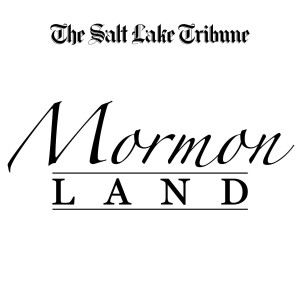
Wednesday Jun 14, 2023
Wednesday Jun 14, 2023
For years, The Church of Jesus Christ of Latter-day Saints has proclaimed its neutrality in partisan politics, a position reaffirmed in the faith’s recently updated policy on the matter.
But in a strongly worded letter to U.S. members, the governing First Presidency added a new wrinkle, denouncing strict party-line voting.
“Merely voting a straight ticket or voting based on ‘tradition’ without careful study of candidates and their positions on important issues,” the top leaders warned, “is a threat to democracy and inconsistent with revealed standards.” They reminded Latter-day Saints that “principles compatible with the gospel may be found in various political parties” and urged them to “vote for those who have demonstrated integrity, compassion and service to others, regardless of party affiliation.”
For decades, Latter-day Saints have been among the most reliably Republican voting blocs with a number of members either overtly casting a straight GOP ticket or, in essence, doing so by simply backing the candidates with an “R” after their names.
Could this blunt message from the First Presidency begin to change that voting dynamic? Will more members, especially in red states like Utah, start to back Democrats or office seekers from other parties? Would a more balanced Latter-day Saint electorate be helpful or harmful for the global church?
On this week’s show, a prominent Latter-day Saint Democrat, Ben McAdams, a former congressman and Salt Lake County mayor, discusses those questions and more.
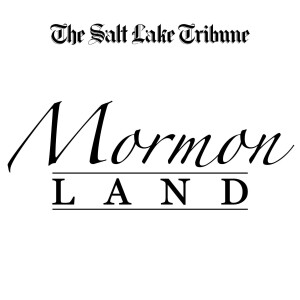
Wednesday Jun 07, 2023
Wednesday Jun 07, 2023
Many faiths feature clothing they consider part of their religious identity or obligation. Muslim women don headscarves. Jewish men wear yarmulkes. Sikh men cover their hair with turbans. Married Hindu couples sport sacred threads. These are all visible symbols of commitment.
Members of The Church of Jesus Christ of Latter-day Saints have adopted religious clothing known as “temple garments” to remind them of covenants they have made. But they are worn under street clothes — and are meant to be invisible to others.
This spring, Larissa Kindred, a former Latter-day Saint and recent graduate of the University of Massachusetts Dartmouth, created an online “snowball survey” to reach out to Latter-day Saint women about what they like — and dislike — about wearing garments.
On this week’s show, Kindred discusses her research, the responses and conclusions. She also focuses on the challenges Latter-day Saint women face spiritually, physically, emotionally and socially in wearing the garments — and how the apparel affects their body image.
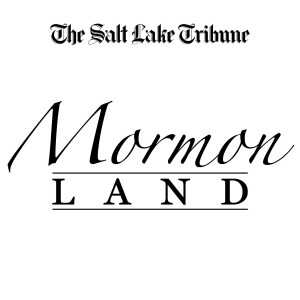
Wednesday May 31, 2023
Wednesday May 31, 2023
Young Latter-day Saint couples are delaying marriage and having fewer children nowadays, according to recent statistics cited by Dallin H. Oaks, a top leader in The Church of Jesus Christ of Latter-day Saints.
While acknowledging that the financial climate can be difficult for this generation, Oaks, first counselor in the faith’s governing First Presidency, nonetheless urged a global gathering of 18- to 30-year-old members to fight those trends.
“Marriage is central to the purpose of mortal life and what follows,” he said. “We are children of a loving Heavenly Father who created us with the capacity to follow his commandment to multiply and replenish the earth.”
On this week’s show Jennifer Finlayson-Fife, a Latter-day Saint marriage and sex therapist and contributor to “In the Image of Our Heavenly Parents: A Couples Guide to Creating a More Divine Marriage,” discusses Oaks’ speech, the pluses and minuses of marrying “early” or “late,” what children bring to the mix, and how the faith can help members make wise marital choices.
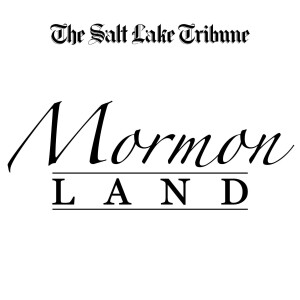
Wednesday May 24, 2023
Wednesday May 24, 2023
With the COVID-19 pandemic increasingly in the rearview mirror, worldwide membership for The Church of Jesus Christ of Latter-day Saints topped 17 million by the end of 2022, a 1.17% increase from the previous year.
But that growth was hardly wall to wall. Some places grew much faster, some much slower, and some saw their rolls shrink.
There were encouraging signs. Africa, for instance, led the way — again — boasting eight of the 10 nations with the fastest rates of membership growth.
There were troubling stats, too. Ukraine, not surprisingly, saw its Latter-day Saint totals fall as members fled the war-scarred nation, and Russia’s ranks — reported for the first time in years — cratered, plunging by nearly 80% since 2017.
In the United States, Southern states enjoyed the quickest gains, while the Northwest’s numbers continued to slide. And Utah, home to the faith’s headquarters, experienced stunningly anemic growth.
On this week’s show, we dig into these figures — the whats, whys and wherefores — with Matt Martinich, an independent researcher who tracks church movements for the websites cumorah.com and ldschurchgrowth.blogspot.com. We also discuss post-pandemic expansion, how church growth aligns with temple building, and just how many members can be considered “active.”
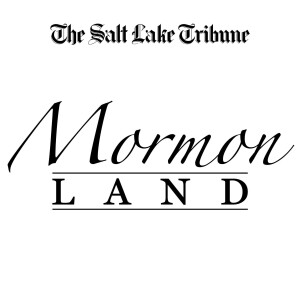
Wednesday May 17, 2023
Wednesday May 17, 2023
The infamous and inexcusable Mountain Meadows Massacre lives on as the bloodiest stain on the history of The Church of Jesus Christ of Latter-day Saints.
The 2008 book “Massacre at Mountain Meadows” offered modern readers the most complete look to date at the atrocity, when, on Sept. 11, 1857, Mormon settlers deceived a wagon train of emigrants on their way to California through southern Utah and then slaughtered about a hundred men, women and children.
Now comes the eagerly anticipated follow-up volume, titled “Vengeance Is Mine: The Mountain Meadows Massacre and Its Aftermath.”
On this week’s show, co-authors Richard E. Turley and Barbara Jones Brown explain how church leaders in southern Utah tried to cover up the crime, how investigations were thwarted, and how justice was delayed and denied. (In then end, only one perpetrator, John D. Lee, was executed.)
They also explore a key Watergate-like question: What did church prophet-president Brigham Young know and when did he know it?
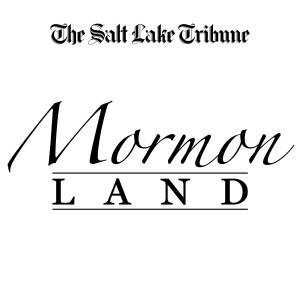
Wednesday May 10, 2023
Wednesday May 10, 2023
In 1998, a Utah publisher released “A World of Faith,” a children’s book by The Salt Lake Tribune’s award-winning religion writer, Peggy Fletcher Stack, with illustrations by celebrated Latter-day Saint artist Kathleen Peterson.
Praise for the volume was wide and deep, including from former President Jimmy Carter. A commemorative version followed in 2001 to celebrate Salt Lake City’s hosting of the 2002 Winter Olympics.
The book’s approach is simple: Take many of the world’s major faith traditions, write a one-page explanation of their history and beliefs, make the text easy enough for youngsters but interesting enough for seasoned readers, and pair each entry with a gorgeous illustration depicting aspects of that religion.
Yes, it’s a modest model, but behind it rests a profound pursuit: Eliminate religious bigotry through increased understanding and turn today’s readers into tomorrow’s peacemakers.
Now, 25 years later, BCC Press has issued revised second edition of “A World of Faith,” with an additional six non-Western religions added into the mix.
The authors join us on this week’s show to discuss the expanded book — what they learned; the challenges they faced (including how to handle the “Mormon” term); the commonalities, differences and beauties in religious diversity; and Latter-day Saints’ awareness of other faiths.
With the book’s release, we’re also making this special offer: Join Mormon Land on Patreon by Monday, May 15, and you’ll be entered to win one of five signed copies of the volume. Current patrons will also be entered.
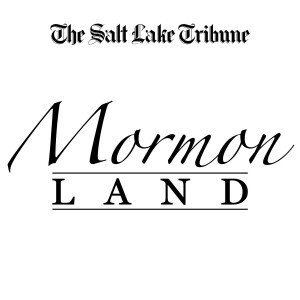
Wednesday May 03, 2023
Wednesday May 03, 2023
Note • This podcast discusses sexual assault. If you need to report or discuss a sexual assault, you can call the Utah Sexual Violence help line at 801-736-4356.
Rabbi Avremi Zippel was 8 years old when his nanny began sexually abusing him in a basement bathroom in his Salt Lake City home.
For Zippel, the abuse, which continued for a decade, violated everything he believed as an Orthodox Jew and threw him into a whirlwind of shame, guilt, depression, anxiety and even questions about God. He eventually told his wife, his parents, his siblings, a therapist and the police, which was an agonizing but ultimately healing journey.
Zippel, who followed in the footsteps of his father, Rabbi Benny Zippel, a Chabad Lubavitch leader in Utah, tells the harrowing story in his new book, “Not What I Expected: A 20-Year Journey to Reclaim a Child’s Voice.”
On this week’s show, Avremi Zippel discusses his book, what he endured and what religious leaders can do in the fight against sexual abuse.
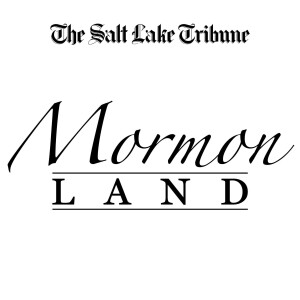
Wednesday Apr 26, 2023
Wednesday Apr 26, 2023
Devout Latter-day Saints don’t, or at least think they shouldn’t, watch R-rated movies.
This belief has permeated their religious culture for decades. And while top leaders of The Church of Jesus Christ of Latter-day Saints have warned about such films, there has never been a general proscription against viewing them.
In fact, a popular Latter-day Saint blogger recently argued that some R-rated and TV-MA productions are worth watching, listing titles from “Saving Private Ryan” and “Marriage Story” to “The Passion of the Christ” and “Good Will Hunting.” He stated that swearing off such movies can lead to “consuming disproportionately infantile content.”
So where did this supposed blanket ban on such films originate? Does it still have the same hold on Latter-day Saint culture? And are there movies that adult members not only could watch (without any guilt) but indeed should watch?
On this week’s show, David Scott, a communication professor at Utah Valley University and an expert on Mormon culture, media and their intersection with religiosity, discusses those questions and more.
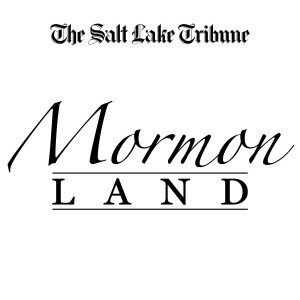
Wednesday Apr 19, 2023
Wednesday Apr 19, 2023
In the wake of President Russell M. Nelson’s decree to remove the “Mormon” name from common parlance in person and in publications, the need to replace its use on the internet with the faith’s full name was no easy feat.
After all, members of The Church of Jesus Christ of Latter-day Saints were widely known as “Mormons.” The faith even promoted a popular advertising campaign, called “I’m a Mormon,” highlighting the lives and beliefs of its followers.
The website mormon.org featured those mini-videos, while lds.org went to the church’s official website.
On this week’s show, technology expert Spencer Greenhalgh, who teaches in the School of Information Science at the University of Kentucky, discusses what it took to get those domain names changed and why church officials when to the time, trouble and expense to do so.
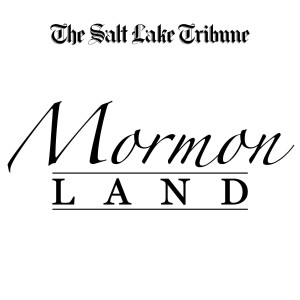
Wednesday Apr 12, 2023
Wednesday Apr 12, 2023
President Russell Nelson, worldwide leader of The Church of Jesus Christ of Latter-day Saints, has urged women to be seen and be heard, to speak up and speak out — in their communities, in their homes and in their congregations.
That may be happening at the grassroots level, but it isn’t occurring in the patriarchal faith’s highest-profile forum: General Conference. In the most recent gathering, only two of the 33 speakers were women. Even in past conferences, that number rarely reached a handful.
Researcher Eliza Wells, a doctoral student in philosophy at the Massachusetts Institute of Technology, studied this phenomenon in conferences over a 50-year period for Dialogue: A Journal of Mormon Thought and discovered an even deeper chasm: Men were at least 16 times more likely to be quoted over the pulpit than women — a gap that holds true even when women were speaking.
It’s an inequity that many women and men in the church notice and hope to change.
On this week’s show, Wells discusses her findings, the implications, the message sent, how to change that pattern and why it matters.

More Mormon Land
There's more to "Mormon Land" than just the podcast. You can get access to episode transcripts, Tribune faith stories and more on Patreon.
Sign up for the free weekly Mormon Land newsletter to get the latest happenings about the church from around the world.
And follow Mormon.Land on Instagram.







